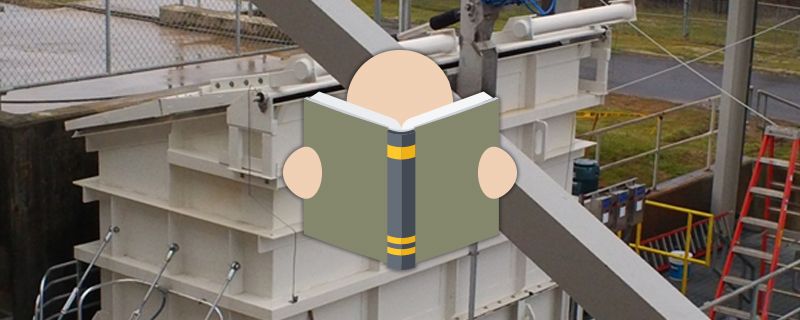By Anthony Sherrill (JMS) & Andrew Dugan (WaterWrites) A lot of groundwork is laid before the bid day arrives. After months of careful design consideration and evaluating proposals from solution providers, the utility managers and consulting engineers are tasked...










